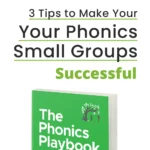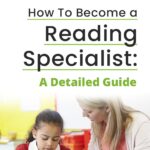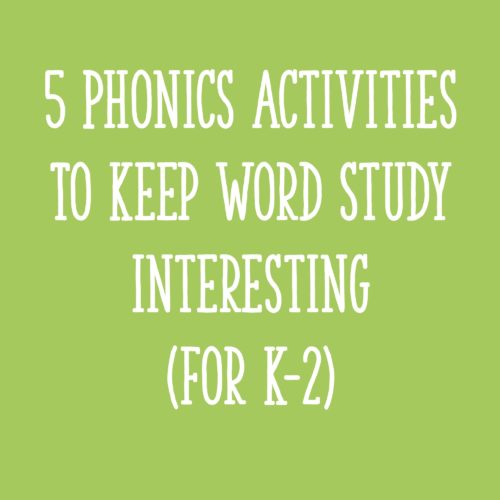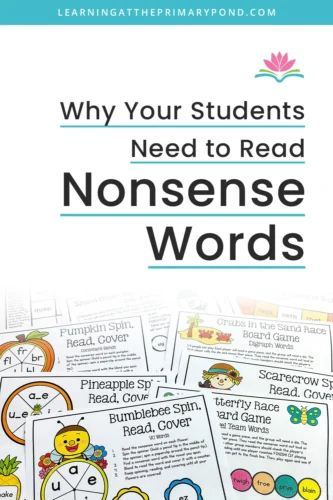This will be my last post in the Literacy Teacher’s Playbook (K-2) bloggy book study! I accidentally overread and finished the whole book ahead of time. Oopsie! I guess that is a sign of a good book, right?
Overall, I think that the book was a very valuable read, particularly for K-2 classroom teachers. I know that there will be many ideas that I implement as a reading specialist, but the book would be even more useful for classroom teachers. I do think that I will read the 3rd-6th grade version – I’m not sure yet what grade levels I will be working with this year, but I think that the older grades book would be valuable for me since most of my experience is in primary.
The book focused on how to set literacy goals for each individual child, by looking across their reading and writing performance in a variety of contexts. The process of collecting data, examining it, and using it to set very specific goals takes a significant amount of time, even when you are doing it for just one student. So this process is even more challenging when you have 20 to 30 students in your class! I think that I might have felt a little overwhelmed if I read this through the lens of a classroom teacher, perhaps wondering how on earth I would find time for all of this. I don’t think that there is a simple solution to this. It’s something I have struggled with myself – knowing that there is so much I can learn about each child’s literacy development, yet trying to divide my time between 20+ students (and still have a life!). Serravallo suggests small group work (pulling together students who have similar needs) to help make the process more efficient, and she explains that it just takes time and practice to learn how to work with data efficiently.
I hope that being a reading specialist will allow me a little more time to closely examine kids’ literacy data. I will let you know how I do as I work toward setting more specific goals for my students!













